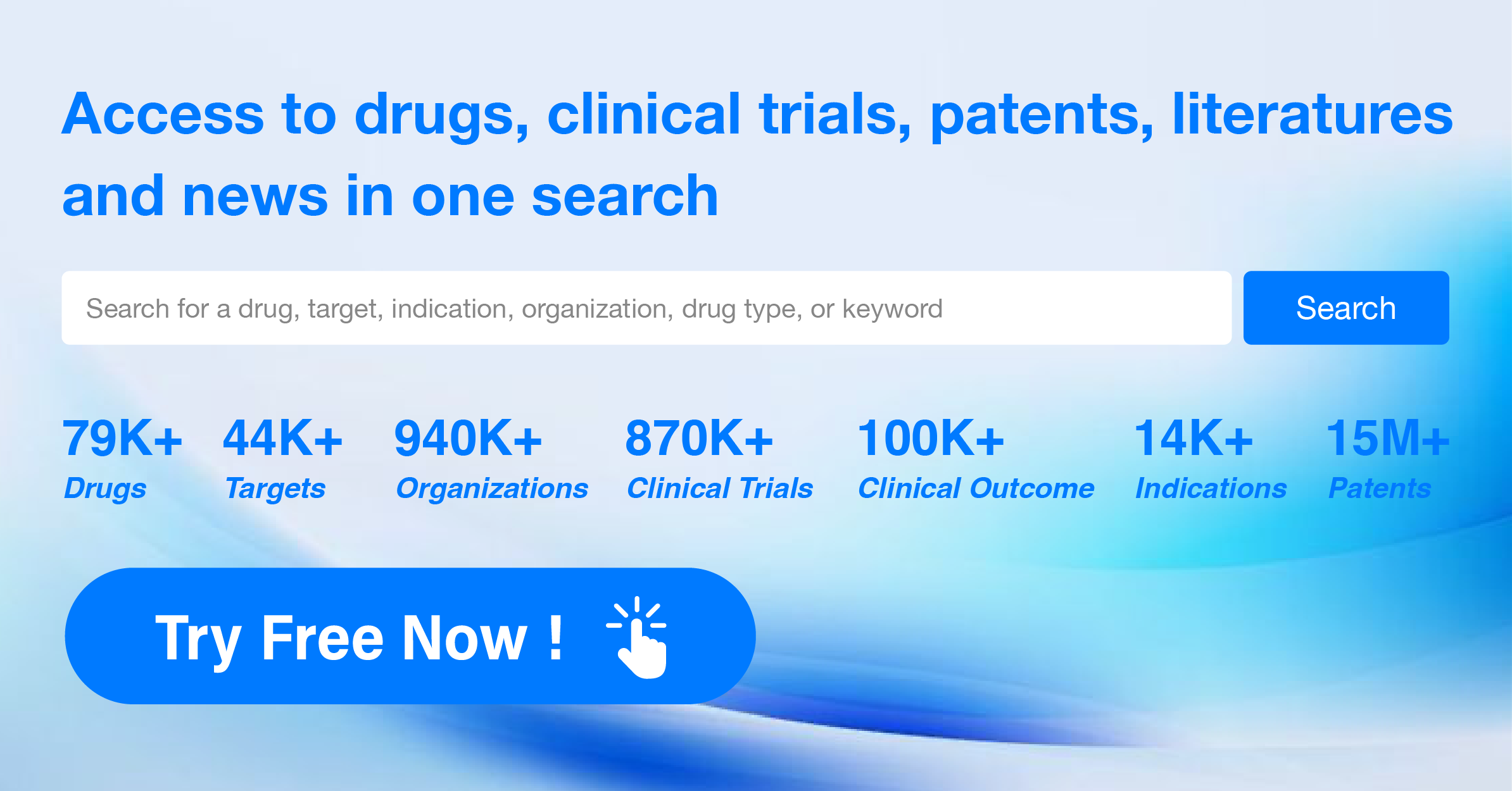What is the significance of prodrugs in drug delivery?
Prodrugs are pharmacologically inactive compounds that are converted into an active drug after administration within the body. Essentially, prodrugs are substances that undergo a biotransformation (chemical change) to release the active drug at the site of action. The conversion can occur through various mechanisms, such as enzymatic reactions, hydrolysis, or metabolic processes.
The significance of prodrugs in drug delivery lies in several key advantages:
1.Improved Bioavailability: Prodrugs can enhance the bioavailability of a drug, meaning that a higher fraction of the administered dose reaches the systemic circulation. This is particularly important for drugs with poor solubility or low absorption rates.
2.Reduced Side Effects: Prodrugs can be designed to target specific tissues or cells, reducing the exposure of other tissues to the active drug. This targeted delivery can minimize side effects and enhance the therapeutic index.
3.Enhanced Stability: Some drugs may be unstable or susceptible to degradation in the body. Prodrugs can be designed to protect the active compound, allowing for improved stability during storage or administration.
4.Masking Unpleasant Tastes or Odors: Prodrugs can be used to mask the unpleasant taste or odor of certain drugs, making them more palatable and improving patient compliance.
5.Controlled Release: Prodrugs can be designed to release the active drug slowly over time, providing a sustained therapeutic effect. This can be particularly beneficial for drugs that require prolonged action.
6.Improved Transport Across Biological Barriers: Prodrugs can be designed to improve the transport of drugs across biological barriers, such as the blood-brain barrier, by exploiting specific transport mechanisms.
7.Conversion to Active Form: In some cases, the active form of a drug may be difficult to synthesize or administer directly. Prodrugs can be a way to deliver a precursor compound that is easily converted into the active form in the body.
Overall, the design and use of prodrugs contribute to the development of more effective and safer pharmaceuticals by addressing challenges related to drug delivery, stability, and targeting.




